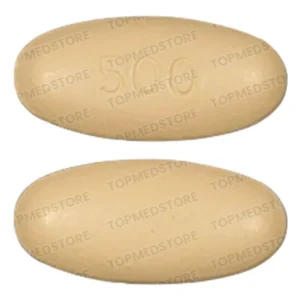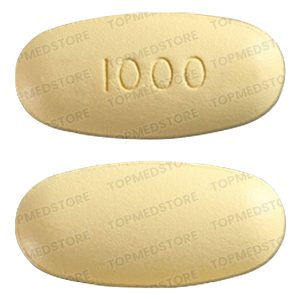Showing the single result
Ranolazine is a piperazine derivative that shows anti-anginal and potential antineoplastic activities. It acts for its anti-ischemic effects, which is not known fully. It may involve the alteration of the trans-cellular late sodium current in the ischemic myocyte. It also prevents the rise of intracellular sodium levels and may affect the transport activity of sodium-dependent calcium channels. This drug prevents the calcium overload during myocardial ischemia so as to prevent cellular injury. The active component shows the potential antineoplastic effect that depends on its inhibitory effect on fatty acid oxidation. It may sensitize tumor cells to apoptosis and reduce tumor cell proliferation, fatty acid oxidation offers energy and promotes tumor cell proliferation and survival.
Class of Drugs – Antineoplastic
Molecular Formula – C24H33N3O4
Molecular Weight – 427.5 g/mol
Working: The action mechanism of this active component is not known. It is believed that it may work by decreasing the flow of sodium ions into the heart muscle cells. By decreasing the flow of calcium into the cells, Ranolazine helps the heart to relax, improves the blood flow to the heart muscle and relieves the symptoms of angina pectoris.
Uses: This active medication Ranolazine belongs to a class of drugs Antineoplastic. It is indicated to treat chronic angina or chest pain. It should not be used during an acute attack of angina.
Popular Brands and Dosages: This active medication is available for oral consumption in extended-release tablet form in a popular brand medicine as mentioned below:
- Ranexa: 500 mg and 1000 mg
This medication is not recommended in people who have cirrhosis of the liver.


